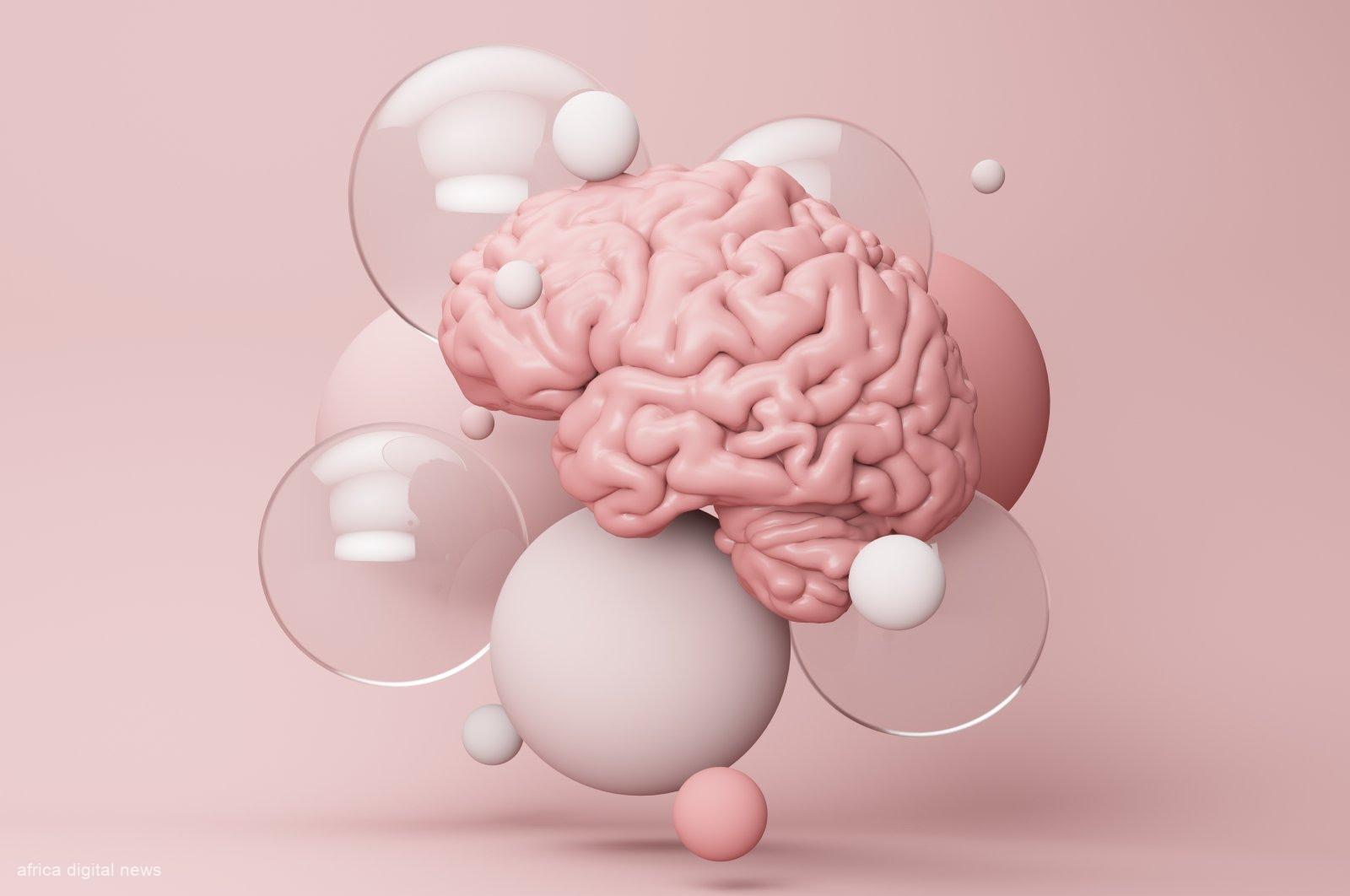In the vibrancy of nutrition and wellness, where fads ebb and flow with the tides of popular opinion, intermittent fasting (IF) stands as a beacon of timeless wisdom. This ancient practice, rejuvenated for the modern epoch, challenges the very fabric of contemporary dietary dogma. It diverges from the labyrinthine complexities of modern diets, instead pivoting on a fundamental principle: when you eat can be as paramount as what you eat.
Rather than a mere diet, IF harks back to a primal rhythm—a cyclical dance of feast and famine, echoing the patterns of our ancestors. It signifies a return to basics, a recalibration of our relationship with food. The method places the emphasis on intervals, advocating for a harmonious balance between periods of nourishment and rejuvenation.
But beyond its simplicity lies its true allure: a promise of profound health benefits. As the tendrils of scientific curiosity entwine with this ancient art, revelations emerge. The canvas of research, though still unfolding, hints at advantages ranging from cellular regeneration to metabolic optimization, propelling intermittent fasting from the annals of tradition to the forefront of scientific discourse.
As we embark on this exploration, let us delve deeper into the enigma of intermittent fasting, unearthing the treasures it holds and discerning its rightful place in the pantheon of health and nutrition.
Historical Footprints: Fasting Through the Ages
Tracing the arc of human history reveals an intimate relationship with fasting, often shaped less by volition and more by the vagaries of survival. Our hunter-gatherer ancestors, navigating the untamed terrains of prehistoric earth, encountered unpredictable bouts of abundance and scarcity. Unlike the luxury of consistent meals that modernity affords us, they embraced a rhythm of sporadic feasting followed by inevitable famines.
This ebb and flow of sustenance may have left an indelible imprint on our physiology. Many researchers posit that our bodies, through millennia of evolutionary adaptation, might have become finely tuned to thrive under these intermittent patterns of consumption. Such periods of fasting were not merely passive pauses but active intervals allowing bodily systems to repair, rejuvenate, and recalibrate.
Beyond the confines of evolutionary necessity, fasting has also woven itself into the human culture and spirituality. Many of the world’s major religions have, in their wisdom, enshrined periods of abstention. Islam observes the holy month of Ramadan, a time of dawn-to-dusk fasting, introspection, and communal unity. Christianity’s Lent is a 40-day period of reflection and sacrifice, commemorating the 40 days Jesus spent fasting in the desert. These practices, transcending mere dietary discipline, often aim to foster spiritual growth, self-control, and a deeper connection to the divine.
Thus, from the ancient footsteps of our forebears to the sacrosanct corridors of religious observances, fasting has journeyed with humanity. And as we stand on the precipice of new scientific revelations, it becomes ever clearer that this age-old practice might hold keys to unlocking optimal health in the modern era.
Intermittent Fasting: A Catalyst for Optimal Physiology
The wonders of intermittent fasting extend far beyond the realms of weight loss and transcend into a deeper, cellular symphony that harmonises various physiological processes. Delving into the science-backed benefits of this ancient practice reveals a fascinating interplay of biology and nutrition.
Cellular Renewal: The Magic of Autophagy
At the cellular level, intermittent fasting initiates a remarkable process called autophagy. As elegantly elucidated in a 2016 article from the American Journal of Clinical Nutrition, autophagy, which translates to ‘self-eating’ from its Greek roots, acts as a kind of internal recycling programme. During fasting, cells systematically degrade and recycle their damaged components, paving the way for the regeneration of newer, more efficient cells. This not only aids in detoxification but also bolsters the body’s resilience against various ailments, potentially leading to increased longevity.
Hormonal Harmony: From Insulin to Norepinephrine
Intermittent fasting’s influence on hormonal balance is profound. A study published in the renowned Journal of the American Medical Association underscores fasting’s role in enhancing insulin sensitivity. As one abstains from food, blood sugar levels naturally decrease, causing insulin levels to drop and subsequently increasing the body’s efficacy in utilising stored fat. But the hormonal ballet doesn’t end there. Fasting also stimulates the release of norepinephrine and growth hormone. As per a 2005 article from the New England Journal of Medicine, these hormones play pivotal roles in the breakdown of body fat and the preservation of muscle mass, respectively.
A Brain in Prime: Cognitive and Neuroprotective Benefits
The brain, arguably our most intricate organ, too, stands to gain from intermittent fasting. An intriguing piece from the Journal of Neuroscience highlights the surge in the production of brain-derived neurotrophic factor (BDNF) during fasting. BDNF, often dubbed as ‘fertiliser for the brain’, not only fortifies brain function but also serves as a bulwark against debilitating neurodegenerative diseases. Furthermore, there’s growing evidence suggesting fasting may foster the growth of new nerve cells, providing a tangible boost to cognitive faculties.
Heart Health: A Cardiovascular Boon
The heart, that ceaseless engine driving our bodily functions, benefits immensely from intermittent fasting. Various studies, including one from the American Heart Association, point towards fasting’s beneficial impacts on cardiovascular health markers. Whether it’s modulating blood pressure, fine-tuning cholesterol levels, regulating triglycerides, or mitigating inflammatory markers, intermittent fasting emerges as a holistic approach to heart wellness.
As we stand at the confluence of tradition and modern science, it’s becoming unequivocally clear that intermittent fasting, with its myriad physiological benefits, is more than just a dietary fad. It’s a testament to the wisdom embedded in ancient practices and the untapped potential they hold in the realm of contemporary health.
Reaping the Full Spectrum: The Multifaceted Boons of Intermittent Fasting
Intermittent fasting unfurls as a tapestry, woven with threads of numerous health benefits that radiate far beyond the realms of mere physiological improvement. This dietary approach stands out not just as a weight loss tool, but as a holistic strategy for comprehensive wellness.
A Leaner Physique: Weight and Fat Loss Through IF
One of the most tangible and sought-after effects of intermittent fasting is its propensity to facilitate weight loss. As highlighted by a study in the American Journal of Clinical Nutrition, the constricted eating windows typically associated with IF invariably lead to a reduction in overall caloric consumption. Moreover, the metabolic recalibration initiated by periodic fasting optimises the body’s fat-burning mechanisms, rendering it a potent tool for weight management.
A Shield Against Maladies: Cancer and Disease Resistance
The protective attributes of intermittent fasting are gradually capturing the attention of the medical community. Preliminary research, as referenced in the Journal of Molecular and Cellular Oncology, has shown intriguing indications that intermittent fasting may curtail the onset of specific cancers. Additionally, a paper published in the Alzheimer’s & Dementia Journal alludes to the potential of IF in bolstering the body’s defences against neurodegenerative diseases, such as Alzheimer’s. While these findings warrant further exploration, they offer a tantalising glimpse into the therapeutic potentials of fasting.
The Fountain of Youth? Longevity and IF
The quest for longevity is as old as humanity itself. In this context, intermittent fasting emerges as a beacon of hope. Research studies, particularly those centred on animal models, have consistently indicated a positive correlation between IF and extended lifespan. A landmark study published in Cell Metabolism showcased the longevity benefits of intermittent fasting in animal subjects. While rigorous research in human subjects remains in its embryonic stages, the foundational evidence paves the way for optimism.
The myriad advantages of intermittent fasting extend beyond mere weight regulation. It’s a multi-pronged approach that encompasses weight management, disease resistance, and potentially even longevity. As we continue to unravel its secrets, one thing becomes increasingly evident: Intermittent fasting offers a harmonious blend of tradition and science, promising a brighter, healthier future for all its adherents.
Diverse Paths to Wellness: An Exploration of Intermittent Fasting Regimens
The allure of intermittent fasting (IF) lies not only in its health benefits but also in its adaptability. Recognising the inherent diversity of human habits, physiology, and preferences, IF offers a palette of methods from which individuals can select the one that seamlessly integrates into their lifestyle. Here’s a closer look at the most prevalent IF modalities:
- The 16/8 Method: A Daily Discipline
A method that’s gained considerable acclaim among fitness enthusiasts and health advocates alike is the 16/8 approach. As elucidated by the British Journal of Nutrition, this regimen involves fasting for a span of 16 hours, leaving an 8-hour window for consumption. Typically, this could mean eating between noon and 8 p.m., thereby naturally extending the typical overnight fast. Given its daily nature, it instils a rhythm that many find sustainable and comfortable.
- Eat-Stop-Eat: The 24-hour Commitment
A more intensive approach to fasting, the Eat-Stop-Eat method, as featured in the Journal of Translational Medicine, entails abstaining from food for an entire day, once or twice a week. It’s a 24-hour sojourn from dinner one day to dinner the next, presenting a clean break from caloric intake. While this method can be quite efficacious, it might require a gradual acclimatisation, especially for those new to fasting.
- 5:2 Diet: A Balanced Week of Moderation and Mindfulness
This method brings a weekly rhythm to fasting. As detailed in the American Journal of Clinical Nutrition, the 5:2 diet splits the week into five days of regular consumption, interspersed with two non-consecutive days of calorific restriction (approximately 500-600 calories). Rather than complete fasting, it’s a study in moderation, rendering it a feasible option for many who seek a middle ground between daily fasting and more extended fasts.
Each of these methods, while anchored in the principles of intermittent fasting, offers a unique experience. The choice is deeply personal, often influenced by one’s goals, schedule, and temperament. What remains consistent across these regimens is the promise of health benefits and the potential for a rejuvenated relationship with food and wellness. It’s a journey of exploration, where the route taken can be as transformative as the destination itself.
Cautionary Tales: Intermittent Fasting Isn’t One Size Fits All
The rising star of intermittent fasting shines brightly in the galaxy of wellness, promising an array of health benefits. However, like any dietary regimen, it isn’t devoid of pitfalls. Though IF might seem like the modern elixir for numerous health challenges, it’s imperative to approach it with a balanced perspective.
For some, intermittent fasting can be akin to a revelation—invigorating, health-enhancing, and life-altering. Yet, for others, the journey might be punctuated with bouts of fatigue, pervasive hunger, or mood fluctuations. The Lancet Diabetes & Endocrinology journal accentuates the importance of recognising that the human body has a complexity of individualistic reactions, and what works wonders for one might not necessarily suit another.
Furthermore, while intermittent fasting’s mechanisms hold promise, they might interact with certain health conditions. Those with diabetes or blood sugar issues could experience adverse fluctuations. Pregnant or breastfeeding women, in particular, have unique nutritional needs that IF might not satiate, potentially affecting both maternal and child health.
Moreover, as highlighted in the British Journal of Nutrition, those with a history of eating disorders should tread with caution. Fasting regimens, even when adopted with the best of intentions, could inadvertently trigger unhealthy behaviours or thought patterns related to food.
Consequently, while IF emerges as a beacon of hope in contemporary nutritional science, it’s not without its shadows. The essence lies in embracing its principles with awareness, discernment, and a dash of caution. Before making it a staple in one’s life, it’s prudent to seek the counsel of a healthcare expert. Such a holistic and informed approach ensures that the path of intermittent fasting becomes not just a journey towards health but also one marked by safety, balance, and individual well-being.
In Conclusion
Heralding from antiquity yet resonating with today’s discerning health aficionado, intermittent fasting elegantly intertwines the past’s wisdom with the present’s scientific insight. Beyond the allure of weight management, it beckons with an ensemble of holistic benefits, from cellular vigour to hormonal harmony. Standing at this intriguing crossroads of time-honoured practices and cutting-edge research, intermittent fasting isn’t merely another dietary trend. Instead, it emerges as a lifestyle symphony, echoing the cyclic patterns and rhythms that nature and our forebears have long embraced. In the vast mosaic of health and nutrition, it serves as a poignant reminder that sometimes, the essence of well-being isn’t just in what we consume, but in the mindful pauses that punctuate these moments of nourishment.










